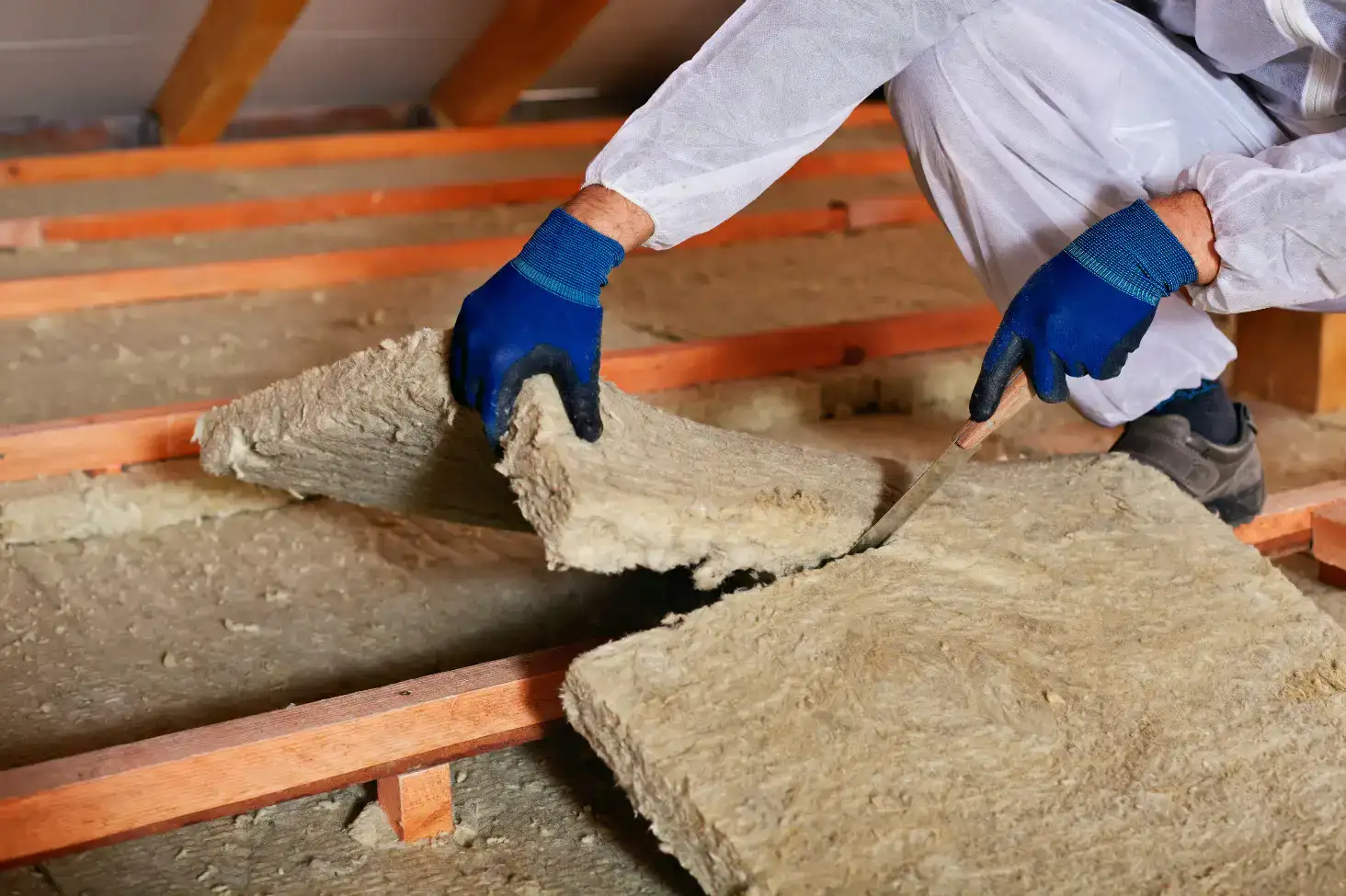If you succeed in understanding different types of insulation, then it will be easier to select the right one that fits your needs! Various options are available for home and commercial buildings. Mostly, it includes recycled denim, cork, fiberglass, cellulose, foam, etc. However, one thing to understand is that not every insulation type provides the same insulating quality. That is why it is best to learn about all the types to maintain a good temperature indoors!
However, the two major things before finalizing the insulation type are to determine: The place to install/add insulation and the R-values for areas you want to insulate. Well, it is highly recommended to outsource Full Stack Insulation Services to get the information about all areas of the building. So, without any further wait, let’s discuss different types of insulation.
DIG IN TO UNDERSTAND DIFFERENT TYPES OF INSULATION FOR YOUR BUILDING PROJECTS AND SELECT THE MOST SUITABLE ONE!
What is R-value?
The R-value in insulation measures its resistance to heat flow. It is simple: the higher the R-value, the better the insulation performance. Moreover, it also indicates how materials prevent heat from entering or escaping the building.
However, it is critical to choose the right R-value directly related to the climate zone and where the home is located!
Various types of insulation for your project
Type# 1 Blanket: Batt and Roll Insulation
Blanket insulation is commonly used for home insulation, which comes in the form of batts or rolls. However, it is made from various materials such as:
- Fiberglass
- Wool
- Plastic fibers
- Natural fibers such as cotton and sheep’s wool
Batts and rolls are available in different sizes, like 2-inch x 4-inch walls can hold R-13 or R-15 batts. One more thing to understand here is Face vs unfaced insulation. They are applied to batt or roll insulation, in which faced means that it has a paper, foil, or plastic moisture barrier on one side. On the other hand, unfaced means that it is just the insulation, and there is no vapor barrier.
Type# 2: Concrete Block Insulation
Concrete block insulation is used to build the walls and foundations of the buildings. However, in the case of non-filled cores with steel and concrete then it can be filled with insulation with an average R-value.
Moreover, it is usually installed in the interior and exterior walls. Well, placing insulation in the outdoors or exterior provides thermal mass for the blocks. This is highly recommended to maintain the indoor atmosphere of the building.
Type# 3: Foam Board or Rigid Foam
Foam boards are also one of the types of insulation and can be used at any part of the home, from the foundation work to the roof. However, they are considered more effective in the exterior wall sheathing, interior sheathing for basement walls, and attic hatches.
Additionally, they are perfect to provide moderate thermal resistance and reduce heat conduction. The most common materials that are used in foam board are as follows:
- Polystyrene
- Plyisocyanurate (polyiso)
- Polyurethane
Type#4: Insulating Concrete Forms
Insulating concrete forms (ICFs) are best for the walls that require high thermal resistance, i.e., R-20. However, this type of insulation is installed using concrete; for this reason, they look like traditional stick-built homes.
Moreover, these ICF systems consist of interconnected foam boards and hollow-core foam insulation blocks. Plastic ties are used to tie them together and used as reinforcement before the concrete is poured.
Type#5: Radiant Barriers and Reflective Insulation Systems
Radiant barriers and reflective insulation systems work by reflecting radiant heat. Usually, they are installed in attics to reduce heat in summer!
The best thing about these systems is, they are effective in hot climates. Benefits of low heat can also allow for a small air conditioner. In the cool climate, however, it is usually more cost-effective to install more thermal insulation.
Type#5: Rigid Fiber Board Insulation
Rigid fiber or fibrous board insulation contains either fiberglass or mineral wool content and is mainly used to insulate air ducts in the home. These products fall into a variety of thicknesses from 1 inch to 2.5 inches.
Installation of rigid fiber board in air ducts is usually done by plumbing contractors, who assemble insulation in their stores or on work pages. On external duct surfaces, they can impose a welding pin insulation and secure it with speed clips or slices. They can also use a special welding pin with integrated head washing machines.
Well, if you are going to invest your money in insulation work, but it worries you due to the budget. You can hire expert estimators to handle cost estimating for construction projects and safeguard funds!
CONTACT OUR EXPERTS AND GET THE MOST ACCURATE ESTIMATES FOR YOUR INSULATION PROJECTS, WHETHER IT IS RESIDENTIAL, COMMERCIAL, OR INDUSTRIAL!
Final Words!
Hence, it is highly recommended to select the right insulation type according to your requirements. However, it will maximize the performance of the insulation, and you can enjoy the inner atmosphere. Plus, before installing, make sure to research all advantages and drawbacks to meet your needs!

